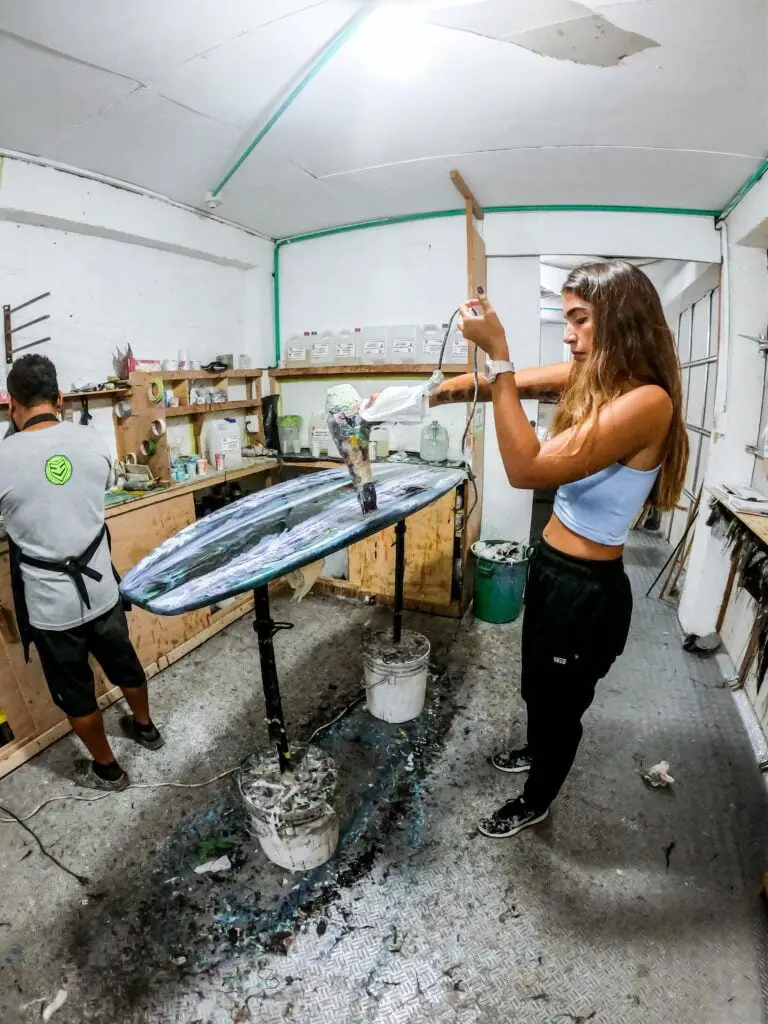The wood product known as medium density fiberboard, or MDF, is incredibly adaptable and reasonably priced. It may be used for furniture, shelving, cabinets, and moulding, among other things.
It is available in laminate, veneer, and paint finishes, is made from heat-pressed recycled wood fibers and resin, is extremely robust, simple to work with, and less likely to rip and chip. However, if you’re working on a project in an area with a lot of humidity, you’ll need to purchase or make water-resistant MDF because regular exposure to moisture will cause the material to deteriorate.
There are two ways to “waterproof” MDF so it can handle moisture in high humidity environments, albeit it shouldn’t be used outdoors or in applications where it’s frequently exposed to water. You may either use moisture-resistant (MR) MDF or create it water-resistant yourself. Regardless of the technique, it should be emphasized that MDF is moisture-resistant but not water-resistant or waterproof and is still susceptible to swelling and warping if exposed to the elements directly.
Purchase of MR MDF, which is intended to perform well in interior settings where moisture is a concern, is the first and simplest option. Moisture-resistant MDF is constructed with a moisture-repellent resin yet is still easy to sand and mill, takes well to most adhesives, veneers, and paints. Although a little more expensive than conventional MDF, the moisture-resistant characteristic makes it well worth the price. It’s perfect for kitchens, baths, boiler rooms, and laundry rooms.
To make MDF waterproof and make your product resistant to moisture and humidity, you can also add a premium wood sealer, varnish, stain, or moisture-resistant paint. Avoid using waterborne polyurethane since it could not adhere to the MDF surface well.

A latex primer or an MDF-specific primer must be used as a base coat. Apply the primer using a 3/8-inch paint roller and use a paintbrush to go into any hard-to-reach places. Give the primer six hours to dry.
The second step involves using a 3/8-inch roller to apply the sealer or water-resistant paint. The corners and edges should be painted with a paintbrush. It should take this layer roughly four hours to dry.
In order to make the MDF moisture-resistant, step three involves applying your final coat of paint or sealer.
Waterproofing of MDF is almost the same as other material. You just need to have a prior experience in doing waterproofing works and the right materials.
To see other material construction, please see here.
To know other construction guides, tips, and methodology for beginners, veterans, and contractors, please see here.

